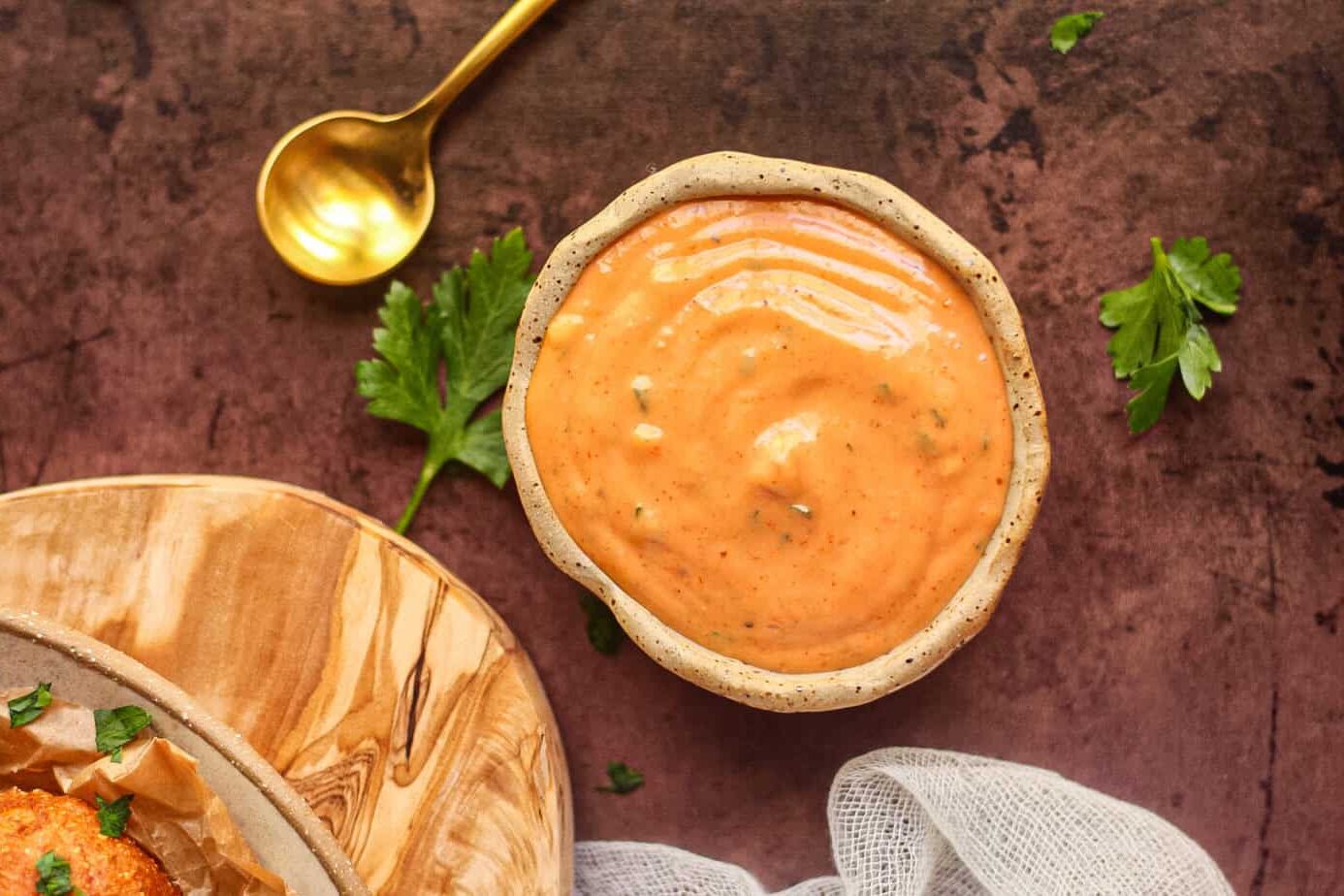Recipe provided courtesy of Linda Conroy.
Ingredients
- Cabbage
- Shredded carrots or burdock root (optional, for variation, flavor and additional nutrients)
- Non-iodized sea salt
- Juniper berries, dried or fresh (1-2 tsp for every 5 pounds of vegetables)
Stay informed on the latest news
Sign up for WPR’s email newsletter.
Optional: herbs and/or spices. Lovage, celery seed, caraway, oregano or your other favorites. Also, whey (if you do use whey, it will help protect the ferment, offering the beneficial bacteria an opportunity to become predominant more quickly and adding additional nutrients.)
Equipment:
- Suitable containers (a 1 gallon container is needed for each 5 pounds of fresh vegetables. A 5 lb stone crock is the ideal sizae for fermenting about 25 pounds of fresh vegetables. Food grade plastic buckets can be used as well as glass containers)
- A large potato masher or similar tool for mashing the cabbage (breaking down the cell walls and releasing the juices)
Wash in hot sudsy water and rinsed with hot water before use.
Covers and weights:
Cabbage must be kept 1-2 inches under the brine (salted liquid) while fermenting. I like to insert a plate or glass pie plate inside the fermentation container in order to keep the vegetables below the brine level. The plate must be slightly smaller than the container opening, yet large enough o cover most of the shredded cabbage. To keep the plate under the brine, weight I down with 2-3 sealed quart jars or a gallon jar filled with water. Cover the container with a clean, heavy bath towel (this helps to prevent contamination from insets and mold).
Instructions:
Discard outer leaves of the cabbage. Cut head in four wedges. Compost cores (or I feed them to my rabbits). Shred or slice to a thickness of a quarter.
Put shredded cabbage in a suitable fermentation container, and add 1 TBS of salt for each head of cabbage. Mix thoroughly and mash with the potato masher or other tool. Continue until salt draws juices from the cabbage.
Repeat shredding, salting and packing until all cabbage is in the container. Be sure the container is deep enough so that its rim is at least 4 or 5 inches above the cabbage.
Continue mashing until juice covers the cabbage. Place juniper berries in a muslin bag or tea ball. Immerse in liquid.
Check the kraut 2-3 times per week and removes any mold (usually white) that appears. This is not uncommon so do not worry if this happens, simple skim this off with a spoon.
Fully fermented kraut may be kept tightly covered in a cool place or the refrigerator for several months. Some folk’s can sauerkraut, but I do not suggest this as heating it destroys many of the beneficial nutrients. If you do for some reason decide to preserve it by heating, open the jar a few days before you plant to eat it and add a TBS or two of whey and leave it at room temperature to ferment.
Wisconsin Public Radio, © Copyright 2024, Board of Regents of the University of Wisconsin System and Wisconsin Educational Communications Board.





